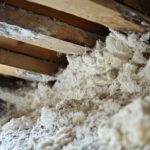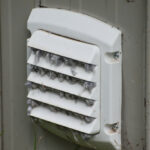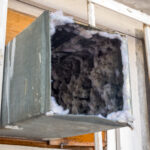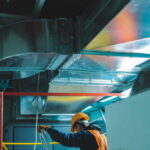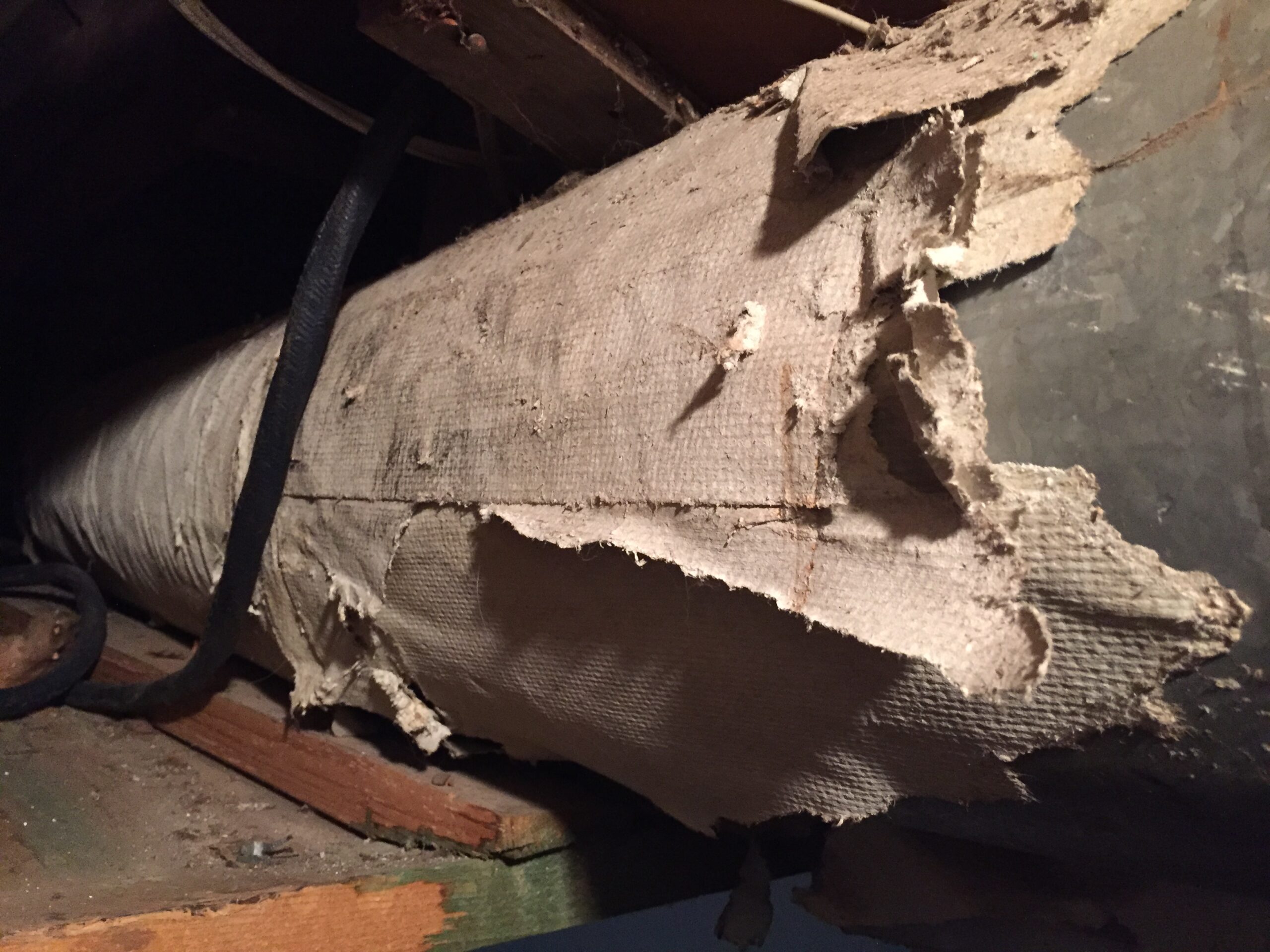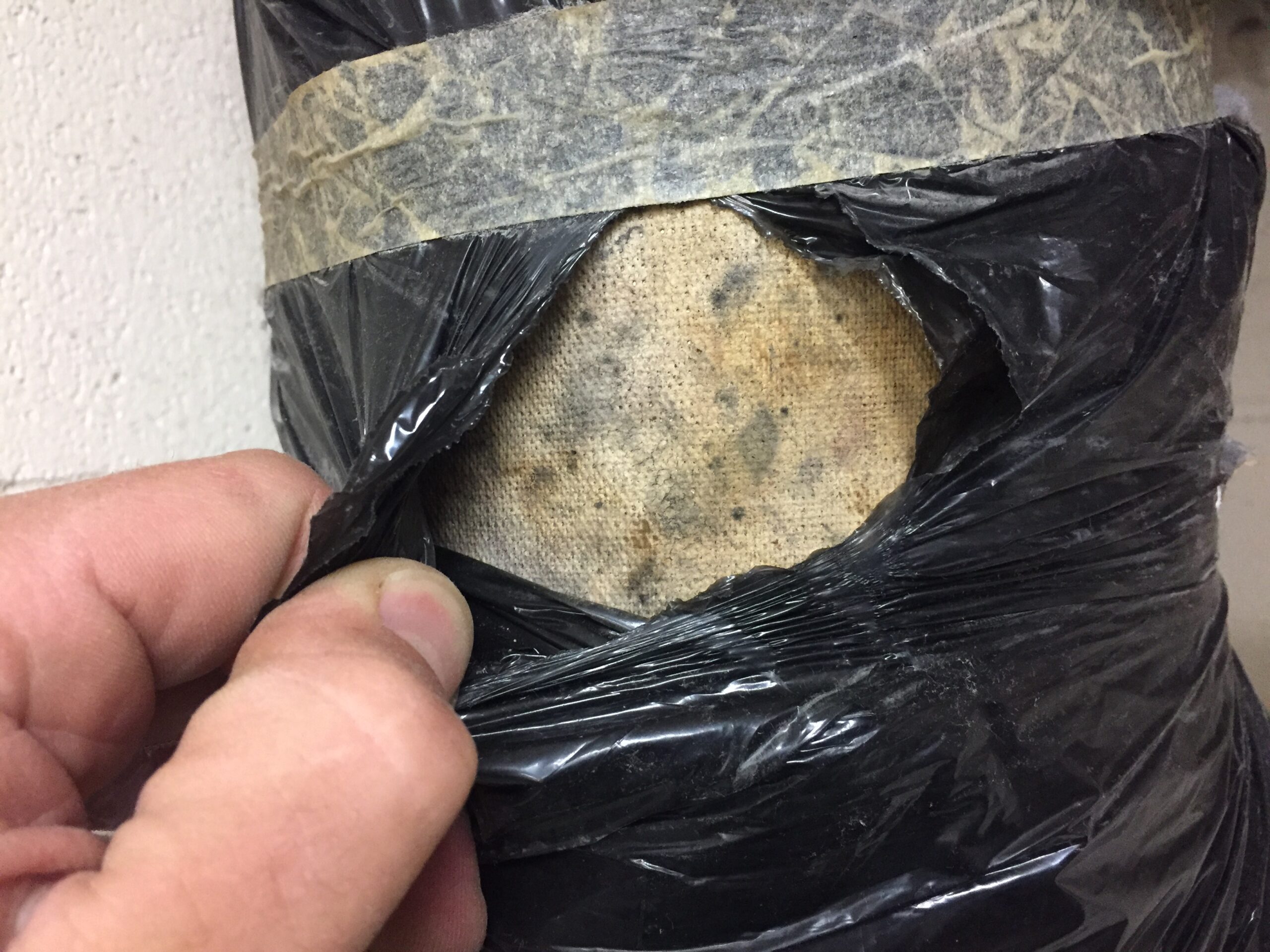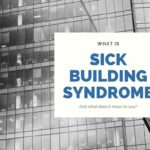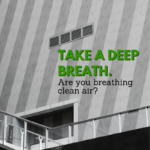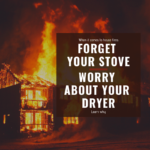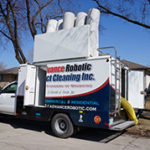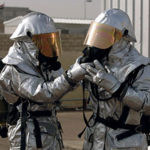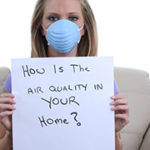There is nothing like the feeling of pulling a warm towel out of the dryer and wrapping it around you. It’s a little slice of heaven – particularly in the cold winter months. Dryers are an everyday convenience which you don’t often think about as long as they’re working.
Did you realize every year in the US, firefighters across the country respond to around 16,800 home fires caused by clothes dryers? According to the National Fire Protection Association these preventable fires caused 15 deaths, 300 injuries and about $88 million US in property damage.
The majority of these fires are caused by the accumulation of lint. While some dryers have started implementing technology for detecting lint build-up, they still alert only upon complete blockage. One outcome of dryers not being properly cleaned is airflow to the dryer cannot escape as it was designed to, resulting in gas build up and potential fire conditions.
We’ve compiled some tips for preventative maintenance as well as signs to watch for.
- Clean the Lint Filter
The best practice is to make it a habit to clean the filter every time you put a load of laundry in. It only takes a few moments, but those moments could change your future. When you clean the lint filter (commonly referred to as the lint trap), check to ensure the screen is not clogged. If it is, submerge the lint screen in a sink of hot water and gently scrub it. Allow it to dry before re-installing. Run the dryer for an air only cycle to blow the loose particles into the outside vent.
Watch for signs the dryer may be clogged:- The first sign is the dryer does not appear to be drying as well
- The second is a musty odor to the clothes after drying
- Lastly, your clothes feel unusually hot to the touch.
- Use Duct Metal Piping Instead of Accordion-Style
Vent Hose or Plastic
Most homes are equipped with an accordion-style hose connecting the back of the dryer to the exterior duct. These types of hoses are more flexible and have a texture to them. This construction allows the hose to sag, allowing lint to build up at low points and to stick to the ridges. Rigid metal ducts allow for proper air flow and reduce the likeliness of lint sticking. Using foil tape and duct connectors instead of screws helps to maintain the smoothness and reduce the likelihood of lint getting caught. - Clean the Dryer Duct Annually
Like everything else in your home, your dryer requires scheduled maintenance. Cleaning the lint filter won’t clean the dust and debris which has build up in the hardware itself or the duct leading to the outside. Be sure to clean behind and underneath the dryer as well. General inspections will give you some indication of potential issue. When your dryer is running, go outside and check to see if you see or feel exhaust air. If you don’t, or it’s limited, that’s a sign of restriction. - Use the Dryer Properly
Like your washer and dishwasher, it’s never a good practice to use your dryer when you’re not home. Modern day convenience allows some to remotely control their appliances using their phone. We recommend using that functionality to turn it off. If you have the option, wash clothes which have been exposed to volatile chemicals such as gas, oil or other flammable substances multiple times and hang to dry. If you must put them in the dryer, set it to the lowest heat setting and check them often.
Preventative maintenance can go a long way to protect your loved ones and belongings. Speak with those living with you to understand the importance of the steps we have outlined. Be sure to book your dryer vent cleaning – more than likely it will be for the first time. Also, make sure to add it to your annual checklist of home maintenance.


